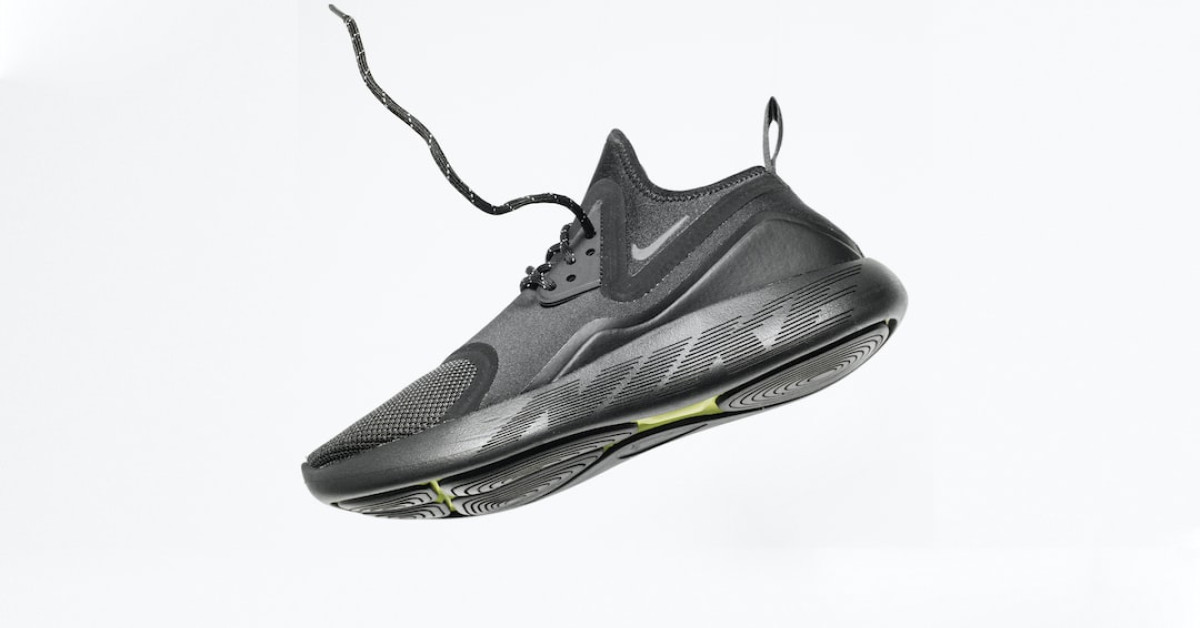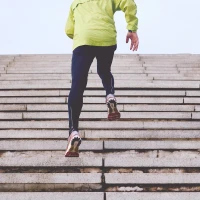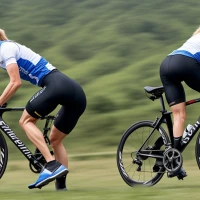Are you constantly struggling to gracefully disengage your feet from the pedals at a stoplight or while navigating technical trails? The tangle of feet, pedals, and bike can lead to more than just a loss of composure; it risks injury and undermines confidence. However, mastering the art of unclipping cycling shoes is a game-changer for a smoother, safer ride. Perfecting this skill can enhance your efficiency, boost performance, and keep spills to a minimum. From novice riders to seasoned cyclists, understanding the mechanics, timing, and method to unclip your shoes is vital. Let’s dive into the details and ensure you can unclip like a pro!
Understanding the Pedal and Cleat System
Before you conquer the technique of unclipping, it’s mandatory to comprehend the components involved and how they work together.
The Clipless Pedal Mechanism
Clipless pedals are a staple for efficient cycling, allowing a secure attachment between the cycling shoe and pedal for optimal bike tire pressure power transfer. Though the term “clipless” is paradoxical—since you do indeed clip into these pedals—it contrasts with older “toe-clip” designs.
How Clipless Pedals Work
- Locking Mechanism: Typically a spring-loaded mechanism that securely holds the cleat attached to the bottom of your cycling shoe.
- Release: Twisting the heel laterally, usually outward, disengages the cleat, freeing the shoe from the pedal.
Cycling Shoes and Cleats
Proper cycling disadvantages shoes play a crucial role. They come with a stiff sole that provides a solid platform for power transfer and an attachment point for the cleat.
Choosing the Right Cleats
- Compatibility: Ensure your cleats are compatible with your pedals. There are different systems like SPD, SPD-SL, Look, and Time, each with specific designs.
- Float: This refers to the angular movement allowable once clipped in, which helps reduce stress on knees during the pedaling motion.
Pre-Ride Preparation
A smooth unclippcycling benefits in telugug process starts before you even begin pedaling. Preparing both your gear and yourself can make a world of difference.
Adjusting Your Equipment
Take the time to adjust your pedals and cleats. Pedals benefits of stationary cyclingten have a tension setting that determines how much force is required to unclip your shoes.
Equipment Adjustments to Consider
- Tension Settings: Start with a lower tension for easier unclipping, especially as a beginner.
- Cleat Position: The cleat should be positioned so that it naturally aligns with the ball of your foot when seated on the bike.
Mental and Physical Prep
Adapting mentally and physically to the sensation of being clipped in is essential. Practicing in a safe area can help build muscle memory.
Preparation Tips to Enhance Unclipping
- Visualization: Visualize the unclipping action.
- Practice: Stationary practice by leaning against a wall or using a trainer can help you get comfortable.
The Unclipping Technique
Now to the crux benefits of cycling the matter—the technique. Proper form and timing are critical in achieving a smooth release from your pedals.
Perfecting the Motion
The process what is carb cycling intuitive, but it requires deliberate motions, particularly for beginners who might not be accustomed to the mechanism.
Steps to Unclip Like a Pro
- Anticipation: Be mindful of when you’ll need to unclip, such as at stopping points.
- Position: Ensure your foot is in the correct position to begin the unclipping motion.
- Twist: Firmly and smoothly twist your heel outward away from the bike.
- Balance: Maintain balance while performing the unclipping motion.
Common Challenges and Solutions
Dealing with what is hand cyclingsues early on can prevent mishaps and increase confidence.
Challenge 1: Sticky Mechanism
- Solution: Regular maintenance and lubrication can ensure clean unclipping.
Challenge 2: Uncertain Timing
- Solution: Practice and experience will help you judge the right moment to unclip.
Advanced Unclipping Strategies
As you gain confidence, you can employ more advanced techniques for various riding conditions.
Quick Release Tactics
Mastering the quick unlatch can aid in situations requiring rapid foot release.
How to Execute a Swift Unclip
- Snap Decision: Recognize instantly when an unclip is necessary.
- Enhanced Mechanics: Use a more forceful twist if the situation requires an abrupt stop.
Unclipping for Performance Cycling
Racers and performance cyclists have their methods for effective unclipping while maintaining speed and efficiency.
Race-Ready Unclipping Tips
- Preemptive Release: Sometimes it’s wise to unclip preemptively before corners or technical sections.
- One-Footed Pedaling: Practicing one-footed pedaling can aid when you need to clip in and out frequently.
Troubleshooting Unclipping Issues
Sometimes, unclipping doesn’t go as planned. Understanding and resolving common technical problems is key to a worry-free ride.
Sticky or Unresponsive Pedals
A common issue is the inability to unclip smoothly due to pedal conditions.
Remedying Pedal Problems
- Maintenance: Regular cleaning and replacing worn parts can prevent sticky pedals.
- Adjustment: Revisit tension settings and ensure cleats are properly installed.
Cleat Wear and Replacement
Over time, the cleat’s engagement points can wear down, affecting performance.
Maintaining Optimal Cleat Function
- Inspection: Check for wear periodically and replace cleats when necessary.
- Alignment: After replacing cleats, ensure they are correctly aligned to your natural foot position.
Post-Ride Care and Maintenance
Taking care of your gear after each ride will ensure longevity and consistent performance.
Cleaning and Inspecting Your Gear
Regularly cleaning and inspecting your cleats and pedals can significantly impact how easily you can unclip your cycling shoes.
Post-Ride Rituals for Longevity
- Clean Pedals and Cleats: Remove debris and grime that may hinder the unclipping process.
- Check for Damage: Look for any signs of damage or excessive wear that could affect functionality.
Lubrication and Tension Adjustments
Keeping moving parts well-lubricated and appropriately tensioned is crucial.
Keeping Your Equipment in Top Shape
- Lubricate Mechanisms: Apply a suitable lubricant to the spring mechanisms of the pedals as needed.
- Tension Check: Regularly verify that the pedal tension remains at your preferred setting.
Final Thoughts and Encouragement
Mastering the art of unclipping cycling shoes might seem daunting, but with understanding, practice, and proper maintenance, you’ll soon be disengaging effortlessly. Never underestimate the power of being comfortable with your gear—it can truly transform your overall cycling experience. Keep practicing and before you know it, unclipping will become second nature, allowing you to focus on the joy of the ride. Now clip in, head out, and embrace the freedom of the open road with confidence. Safe and happy cycling!










